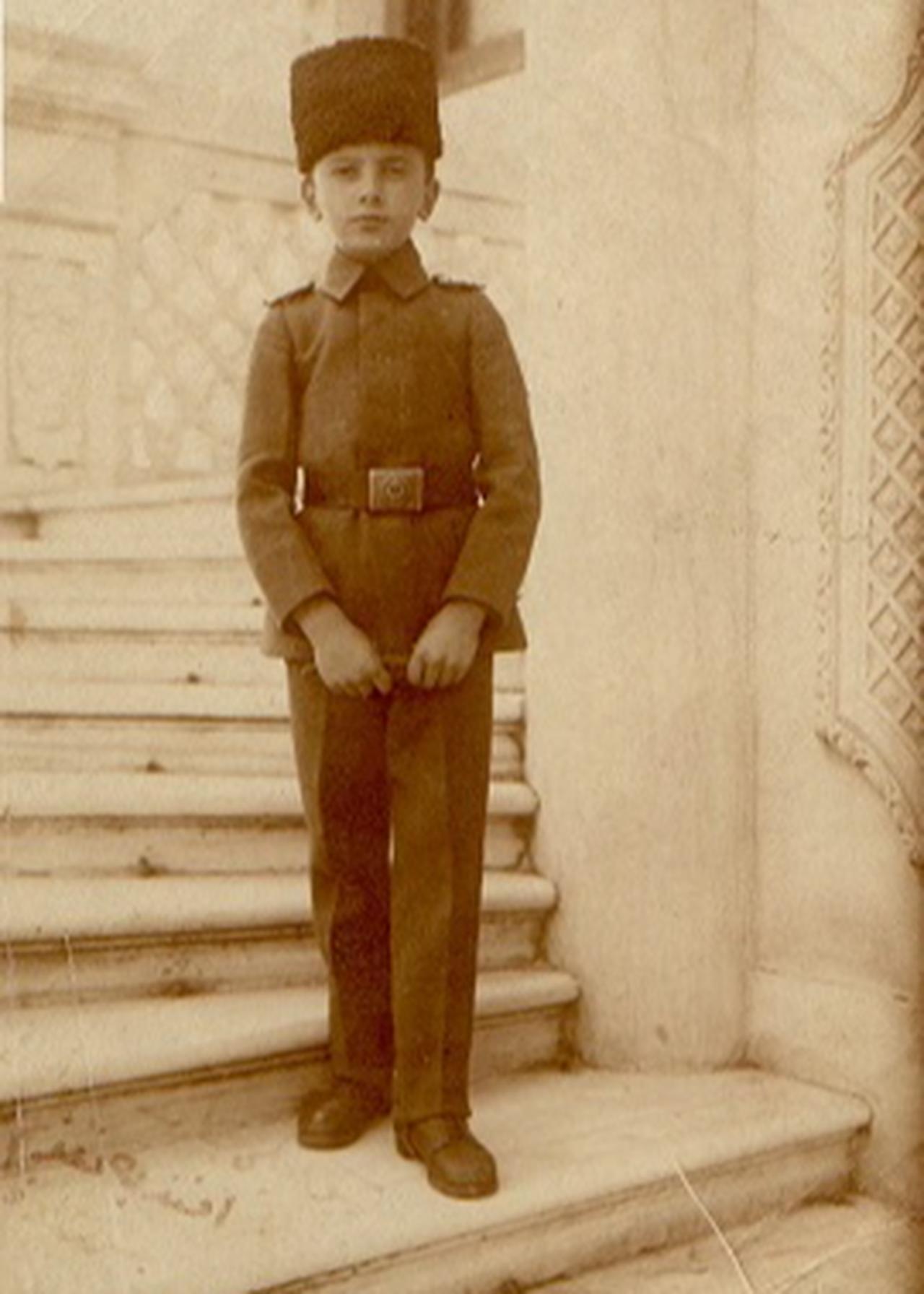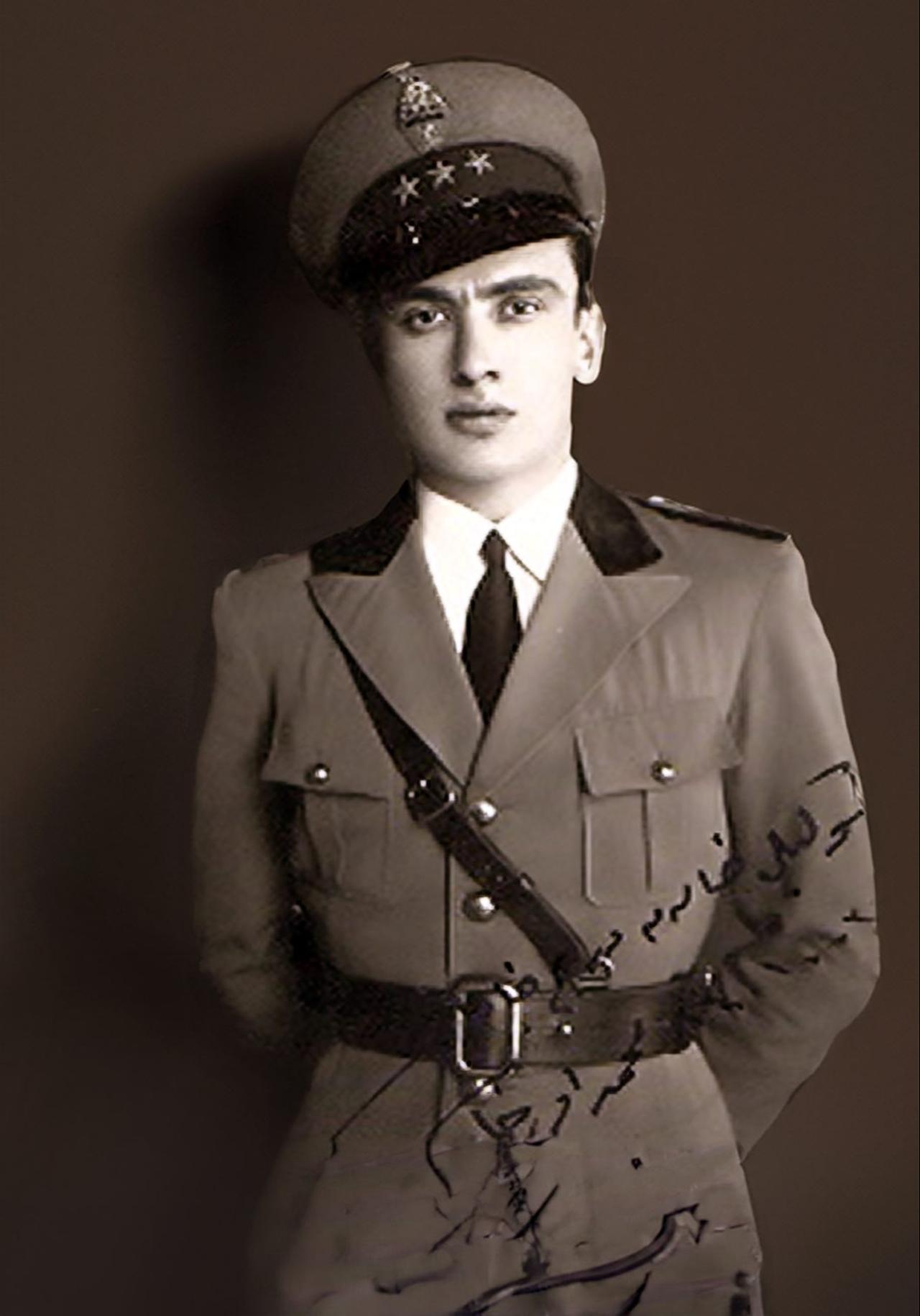
Mehmed Orhan Osmanoglu, grandson of Sultan Abdulhamid II and son of Prince Mehmed Abdulkadir, became the 42nd head of the Ottoman Dynasty on Dec. 9, 1983, serving until his death on March 12, 1994.
A sehzade—an Ottoman prince—by birth, he moved through exile, manual work, aviation, and wartime missions before reclaiming Turkish citizenship in 1992 and taking the surname Osmanoglu.

Born on Nov. 10, 1909, in Uskudar, Istanbul, then part of the Ottoman Empire, he studied at Galatasaray High School (Mekteb-i Sultani) and continued to the Military Academy.
Exiled at age 15, he experienced a strained relationship with his father and moved frequently, spending periods in Beirut and Nice before sailing second class to Buenos Aires with only a few francs in his pocket.
In Argentina, he first hauled loads at a factory, then learned car repair and also served as a chauffeur. A planned marriage fell through when the family sought proof of his lineage; years later, when he asked the last caliph, Abdulmecid, why no reply had come, the answer was brief and memorable: “I thought it was about a debt.”
He later went to Egypt, where Prince Yusuf Kemal lent him funds for a car and arranged a small stipend that continued until 1940. Driving a Plymouth on long routes between Beirut, Damascus, and Baghdad, he drew local press attention as a former imperial prince working behind the wheel. He married in Nice, had a daughter, and divorced after one year and seven months.

Through a contact, he joined King Zog of Albania in Tirana as an aide-de-camp (a military aide), held the rank of captain, and learned to fly, favoring aerobatic maneuvers. During World War II he helped the king escape first from Albania and later from Paris.
He spent time in Britain, flew reconnaissance for American forces, and undertook three intelligence missions for the British, parachuting into occupied France under false identities and slipping out through Spain and Portugal. He later married an Italian noblewoman, had a daughter, and divorced after seven years.
After the war, he continued to travel—to India, Bombay, Karachi, Spain, and Alexandria—before returning to Nice, where he again became a chauffeur, ferrying brand-new cars across Europe.
He then worked at the American Embassy in Nice, and finally served as a guide at the American Military Cemetery in Paris, from which he retired and resettled in Nice.

In 1992, he applied at the Turkish Consulate to regain Turkish citizenship, adopted the surname Osmanoglu, and—encouraged by journalist Murat Bardakci—visited Istanbul for two weeks.
When he asked to pause on the Bosphorus Bridge for fresh air, police recognized him, welcomed him home, urged him to stay, and saluted. He remained based in Nice, where he died on March 12, 1994, at the age of 84.
Fluent in nine languages—English, French, German, Italian, Spanish, Hungarian, Arabic, Portuguese, and Turkish—he succeeded his cousin Ali Vasib as head of the Ottoman Dynasty (Hanedan Reisi) on Dec. 9, 1983. He served in that role until March 12, 1994, after which Ertugrul Osman became his successor.
Today, his life reads as the odyssey of an Ottoman prince who built new identities across continents while remaining tied to the legacy of Istanbul and the country of Türkiye.